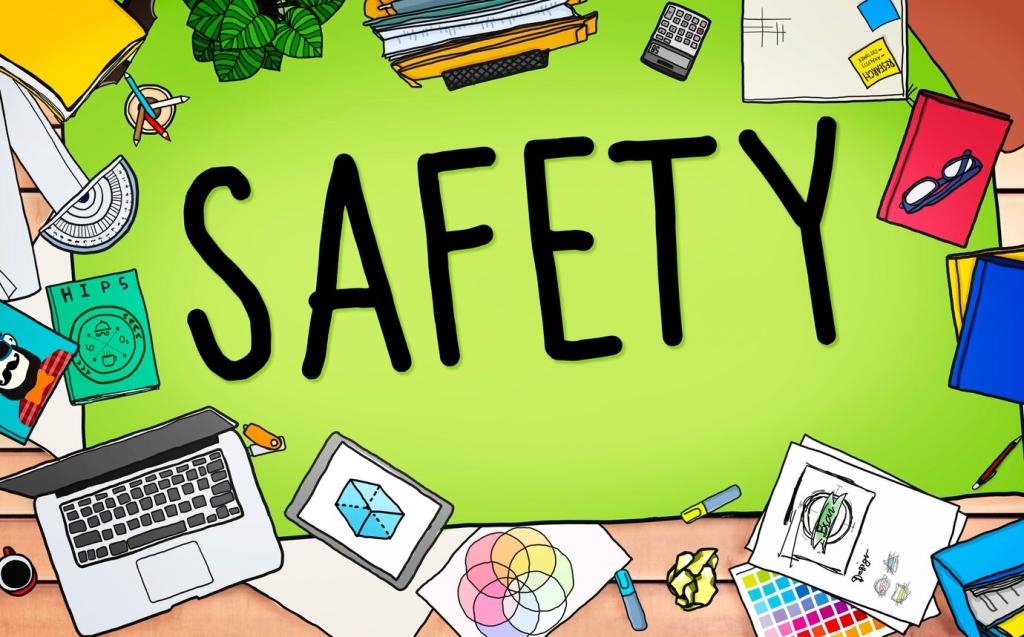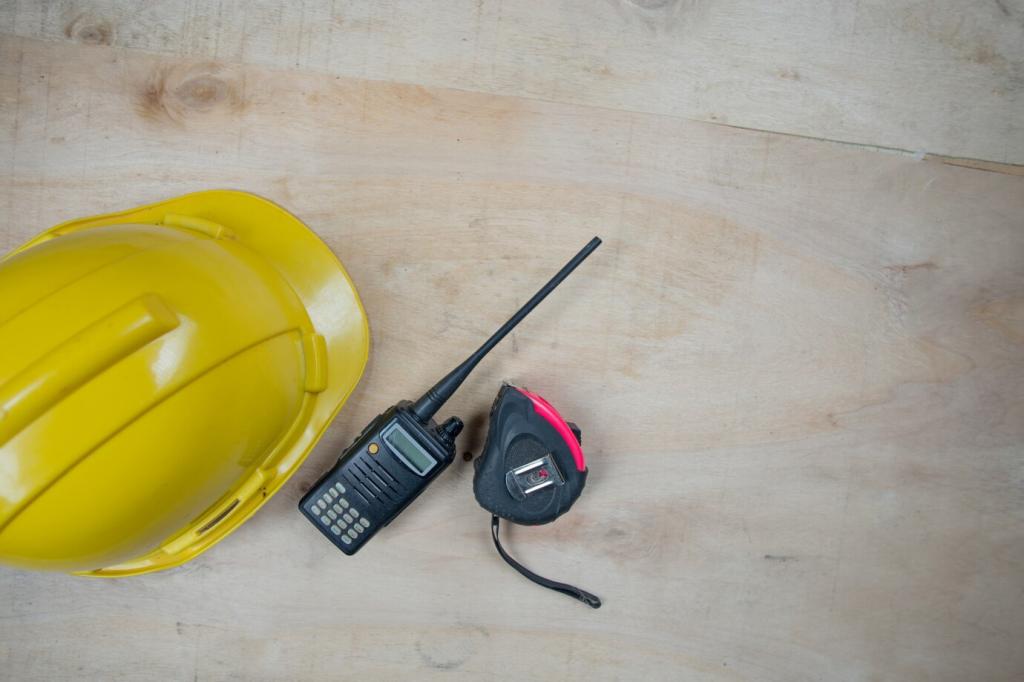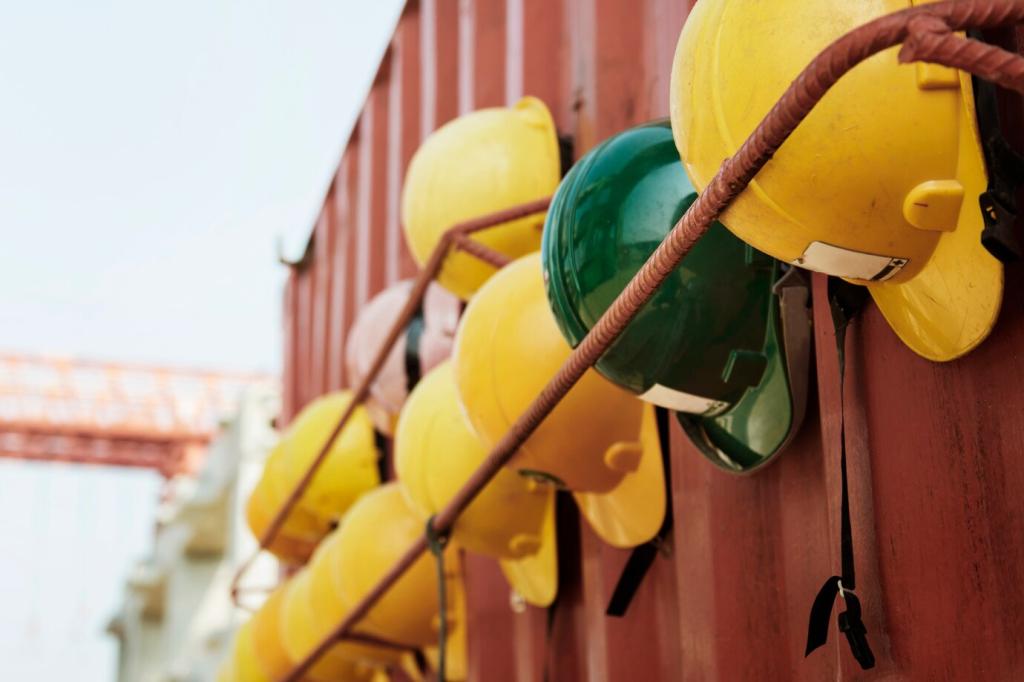Weather, Edge Cases, and Fail‑Safe Design
Multi-modal sensing and dynamic headway adjust for spray, fog, and snowflake clutter. Systems may favor radar returns when camera confidence dips. If you noticed conservative spacing during a blizzard, that was intent, not error—tell us whether it matched your comfort level on slick roads.
Weather, Edge Cases, and Fail‑Safe Design
Clear limits define when ACC is appropriate, with fallbacks that alert the driver and simplify control when uncertainty spikes. Good systems fail safe, not silently. Would you prefer automatic gap widening or a handover request first? Comment with your priority under tough conditions.








